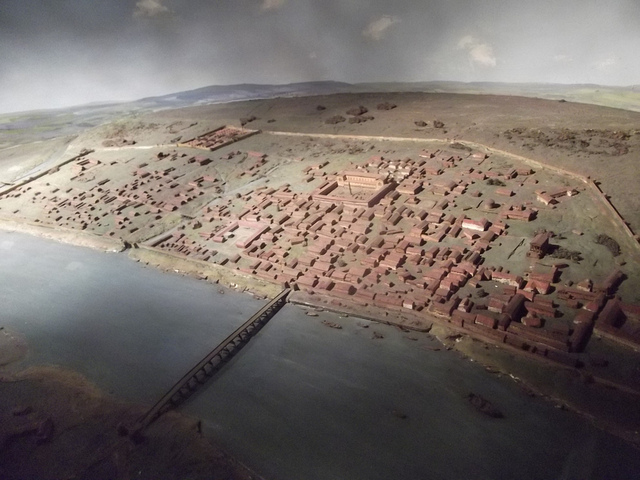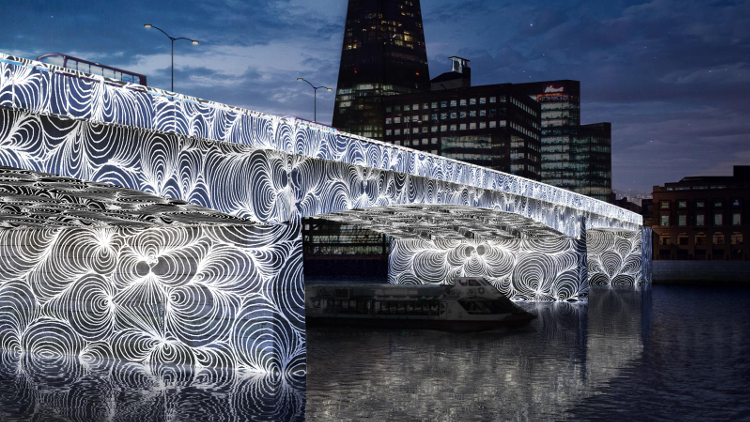Archaeologists working at London Bridge Station have gained new insights into thousands of years of human activity in the Southwark area after finding Roman remains.
As Network Rail begins rebuilding London Bridge Station, archaeologists have been able to study an area of Southwark which has gone unexamined since the construction of the railway more than 150 years ago.
Last summer a joint team from Oxford Archaeology and Pre-Construct Archaeology set to work underneath the railway arches. Their project is just the latest element of a long-running series of archaeological digs, which have been carried out at sites along the route of the Thameslink Programme.
Network Rail archaeology manager Chris Place, who has been involved with the Thameslink Programme since 1999, estimates that 80 per cent of the Thameslink-related archaeological activity has been concentrated on the Borough Viaduct and London Bridge work sites.
These are mainly post-medieval and later – but there are Roman and medieval remains closer to the Joiner Street part of the site. The main medieval remains might be along Bermondsey Street and along the Tooley Street frontage.
“London Bridge Station is a very big area and it’s effectively been sealed for the last 150 years so no-one has had a chance to look at it, ” Place said. “We’ve never really known exactly how the eastern edge of the Roman settlement is formed.
“Although it’s a very small pit and we haven’t looked at the details fully yet, it has certainly given us an insight into the eastern edge of the Roman settlement that has really been quite a blank for us up until now.”
The works at London Bridge, when taken together with discoveries along Borough Viaduct – where a Roman bathhouse was discovered – and on neighbouring sites such as The Place, is helping to build a clearer picture of Roman Southwark.
The excavations at the station have confirmed that Southwark has been a busy place for a long time: “Some of the radiocarbon dates we’re getting from some of the deep pieces of wood are going back into the Bronze Age, so clearly it’s been an area of activity for many thousands of years.”
It is the quantity of timber – and its state of preservation – that has most surprised Place during the excavations at the station. “It just goes to show that you can never write an area off just because it has been developed continuously in recent years,” he said. “The level of preservation has been quite amazing.”
Future passengers at London Bridge will be able to enjoy some of the fruits of the archaeologists’ work, as a planning condition imposed on Network Rail by Southwark Council requires that an archaeological display case is installed in an accessible part of the new station. “Certainly some of the Thameslink stuff from the Borough Viaduct did go on display almost immediately because some of the finds were considered so interesting.”
“If we can start to join the dots up on this big medieval ditch it will give us a real indication of the extent and form of the settlement in the late medieval period – and it’s possible that this ditch may have its origins in the Saxon period,” Place said.





Very interesting piece Radu… Have you been up The Shard 😉
yes, Beth.
my story though isn’t it?
you rock my world